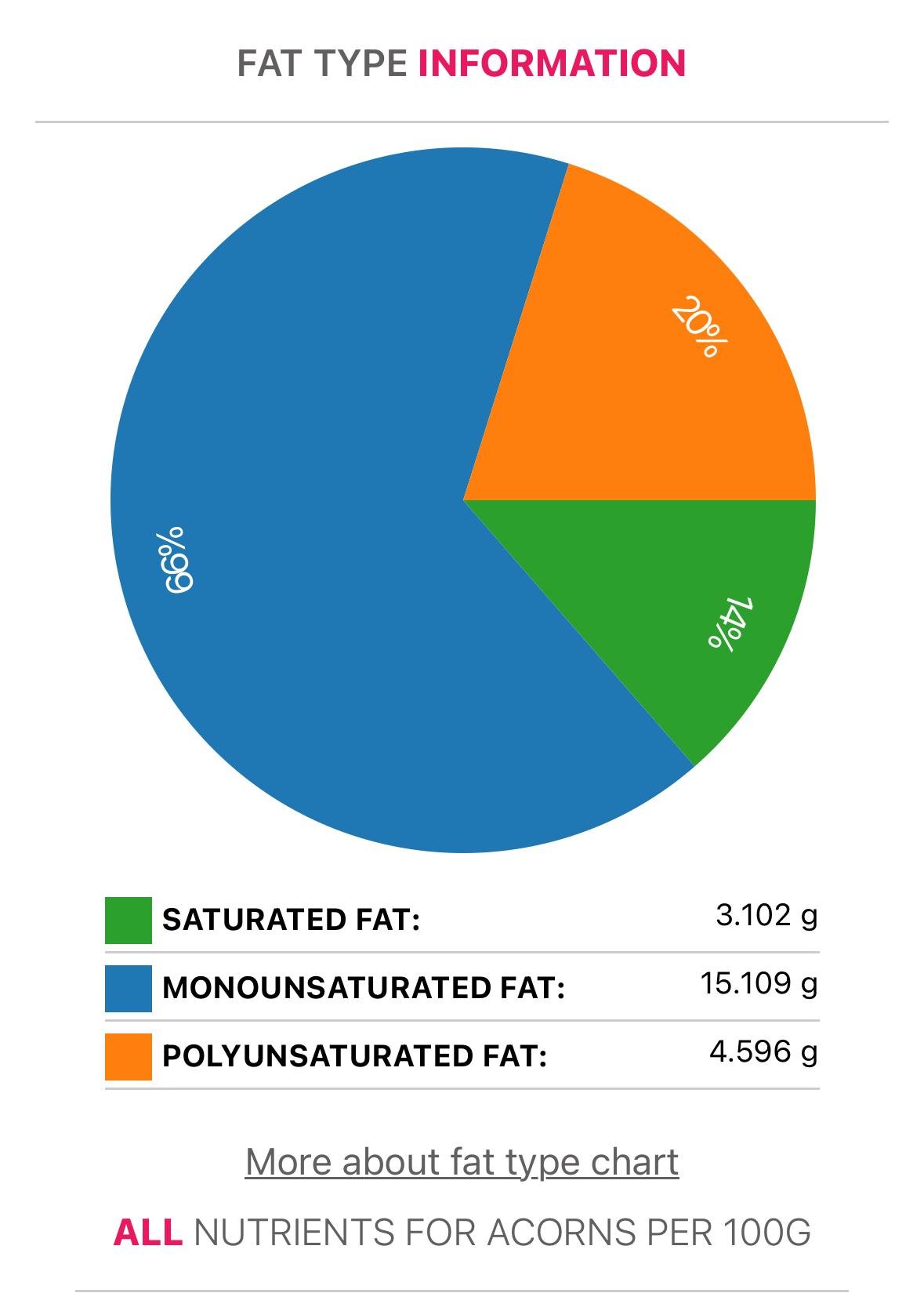Iberico Ham (Jamón ibérico)
Tagged: ham, iberico ham, pufa
- This topic has 9 replies, 6 voices, and was last updated 1 year, 6 months ago by
 Zsazsa.
Zsazsa.
-
AuthorPosts
-
May 12, 2024 at 3:44 pm #1718
Anonymous
What are your thoughts on Iberico Ham? I’ve read the pigs are acorn fed and well exercised, meaning, they have freedom to roam about as much as they want. I’m curious of the acorn diet saturates the meat with PUFA. Jamón ibérico is said to be the best of the Iberico hams.
May 13, 2024 at 12:34 am #1722That sounds like a decent life for the animal.
You wouldn’t eat a lot of that kind of ham in one sitting, would you? Maybe one or two ounces? I would not sweat it if you enjoy it.
May 13, 2024 at 1:26 am #1727Anonymous
Yeah I would most likely have it as a snack with some cheese. Thank you!
May 13, 2024 at 6:23 pm #1743Anonymous
I had this a few months ago and it was really good, very greasy
im pretty sure iberico pork fat is high MUFA and has lots of vit E from the acorns. Natural diet almost like a wild boar. Very natural food
May 15, 2024 at 2:26 pm #1772There seems to be a lot more to this ham subject than one would think. Firstly there are different varieties of it and what the makers are feeding the pigs verses what the pigs are suppose to be fed differs. It looks like this study is suggesting that testing the fatty acid profile of the ham is a proposed way to authenticate the ham…
“The quality and sensory characteristics of Iberian ham are closely related to the pig feeding regime. These are mainly due to the inclusion or not of acorns into the diet, which significantly increases the content of monounsaturated fatty acids in this food product. In this work, the fatty acid profile from subcutaneous fat samples was evaluated and modeled with various chemometric approaches as a potential tool for authentication of Iberian ham from three categories according to the rearing system: “Jamón de Bellota”, “Jamón de Cebo de Campo”, and “Jamón de Cebo”. The application of artificial neural networks provided satisfactory classification and prediction rates, with oleic acid being the most important variable driving this differentiation.“
“To sum up, it can be concluded that the fatty acid profile of subcutaneous fat is strongly influenced by the feeding regime, with oleic acid being the most important variable driving this differentiation. This therefore represents a first step towards the development of a suitable tool for Iberian ham authentication. In this work, we demonstrated the need of applying advanced chemometric tools to efficiently determine the pig rearing system. The combination of classical multivariate statistical models and artificial neural network provided good performance for pattern recognition and classification. These results could be a starting point for the implementation of quality control assays in the food industry for fraud detection and authentication of Iberian hams.”
May 16, 2024 at 1:38 am #1809This got me curious and I looked it up. I have tried it once before as it is super expensive over here. $180 a pound. My husband and I once tried 0.25 pound – very very thin slices. It was tasty and not at all fatty. But I do not want to each pork along with being costly, we have not got any since. This was like 10 years ago. BUT, I went to look up the fat composition of acorns and it is mostly monounsaturated. The image below is for 100 grams:
 May 17, 2024 at 4:05 pm #1837
May 17, 2024 at 4:05 pm #1837Anonymous
Good read. Thank you! I was curious about the acorn profile for fat but I was not able to pin down info like you provided.
May 17, 2024 at 4:06 pm #1838Anonymous
Thank you, Cari!
May 30, 2024 at 11:14 pm #2085Anonymous
Thats useful to know. Seems like it’s not so bad at all then.
I wonder why so many people are biased against pork? Seems like natural pork like this or wild boar really isn’t so bad at all?
May 31, 2024 at 5:38 pm #2104I think because properly raised pigs are an exception.
-
AuthorPosts
- You must be logged in to reply to this topic.